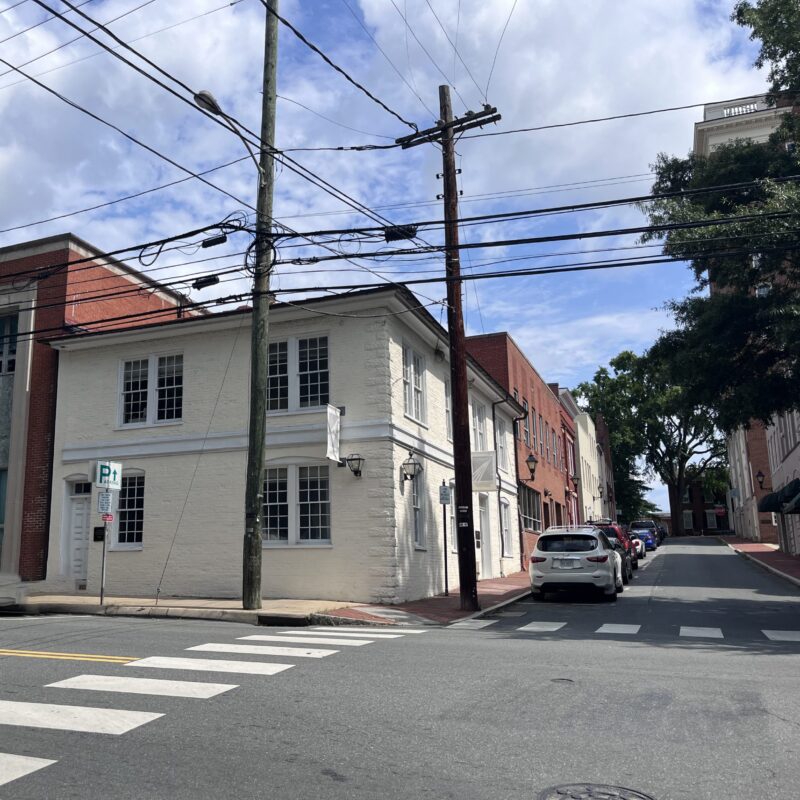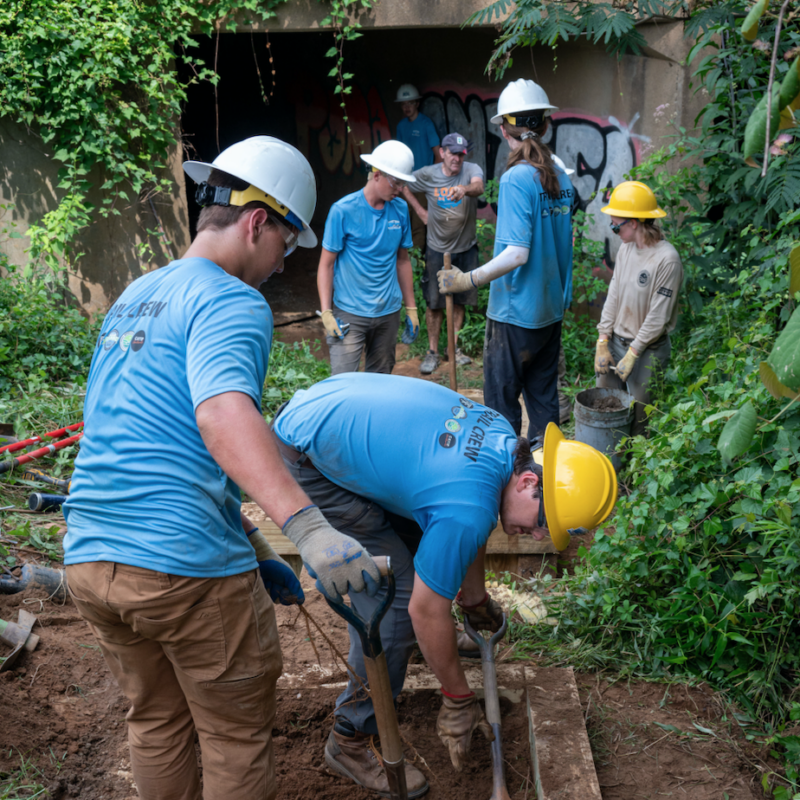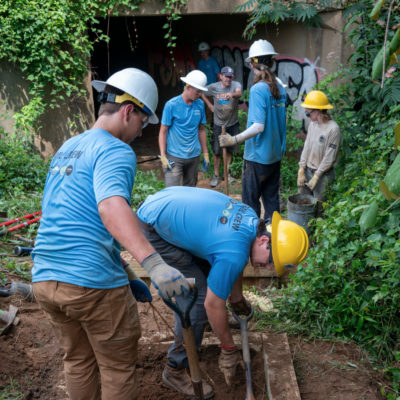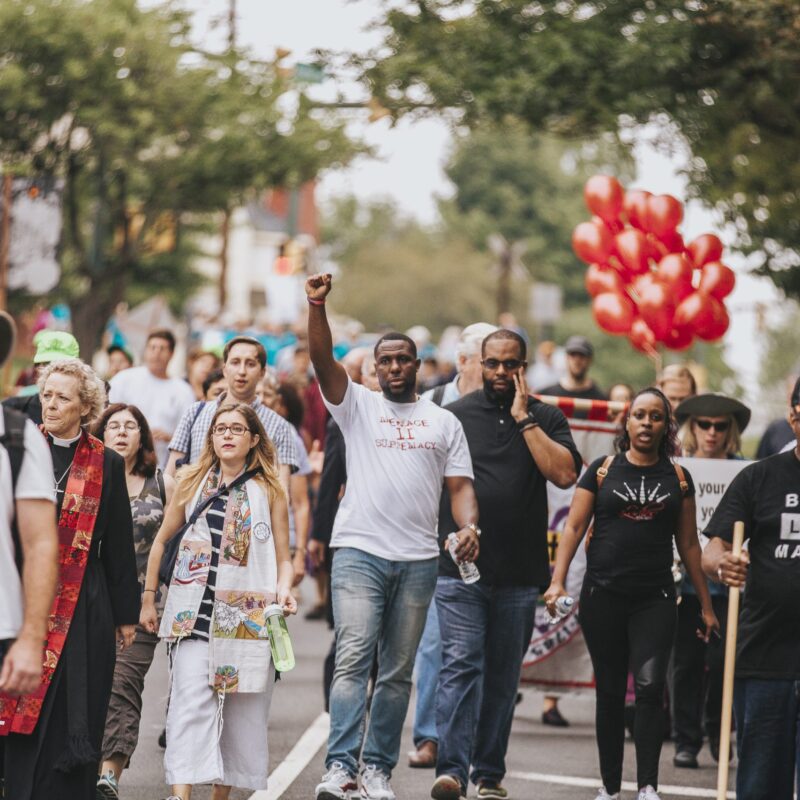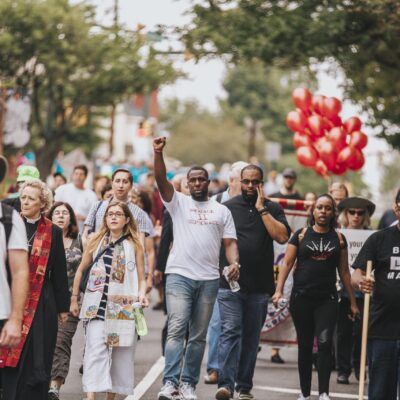Law and order is a great deal more complex than any 60-minute TV show can convey. It’s not just evidence and a verdict, that’s for sure. And that’s one reason we’ve looked at it from many angles over the years. From the gulf between the ideals of community policing and the funding it requires, to the programs that aim to help inmates see themselves in a new light, to this week’s cover story on the challenges of getting free—even with all that and more we can barely untangle the criminal justice system. We expect to visit this topic many more times in the next 20 years. Sadly, we expect that even so, we’ll still only scratch its surface.
Paging through the archives
“He’d always liked drawing, so Kiheem Byers was glad to pick up some new skills in Lindsay Michie Eades’ charcoal drawing class. ‘She showed me how to make something look close if it’s close, or if it’s far away how to make it look far away. Or faces—how to balance it out,’ putting eyes, nose and mouth in the right positions…
 |
“Some of the visions surprised him. ‘There’s a lot of talented people in the jail,’ he says. In Rose Hill’s class, one of his cellmates made a painting on a ceramic piece that expressed a kind of togetherness. ‘I was basically living with him and I didn’t know he was feeling the way he was. That was good.’
“Byers expects to be transferred to a penitentiary. ‘I hope to get into some art programs’ there, he says. ‘I hope to further my education, keep busy, do something positive.’ He’s glad that proceeds from the art he made in ACRJ classes will give other inmates the chance to experience what he did. ‘It’s good to give back. It’s a beautiful thing for people,’ he says.
“One thing he learned was especially freeing—that ‘there are no mistakes in art,’ he says. “I have a problem with perfection, so that was something new. My art was perfect in my eyes.’”
Erika Howsare
February 9, 2007
Getting covered
|
October 5, 2004 |

